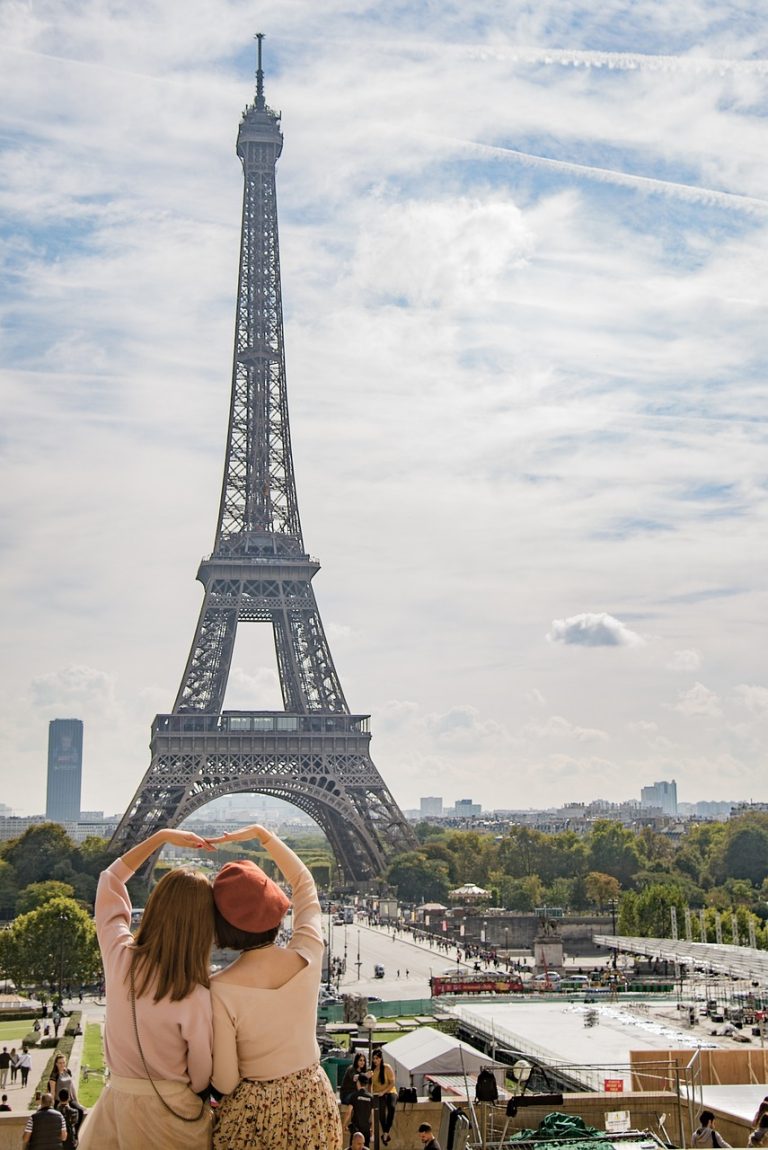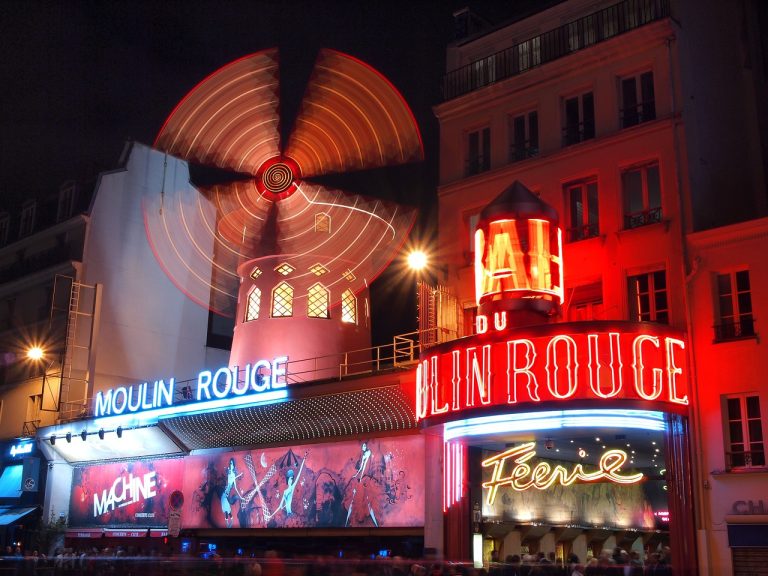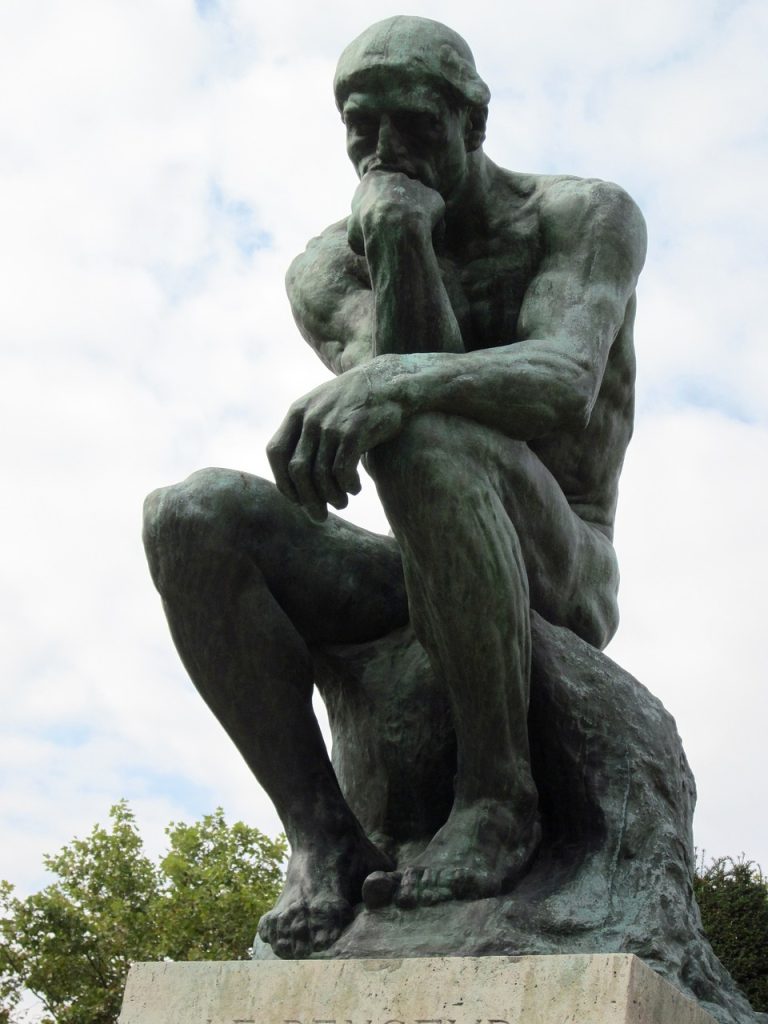Paris France Video
The Cultural Evolution of Paris France
Paris, the capital city of France, is renowned for its rich and diverse cultural heritage. Over the centuries, Paris has undergone significant cultural evolution, shaping its identity and becoming a global symbol of art, fashion, literature, and cuisine. From the Middle Ages to the present day, Paris has experienced various historical events and cultural movements that have left an indelible mark on the city’s development. Let’s explore the cultural evolution of Paris France through ten key sections.
Section 1: The Middle Ages (5th – 15th Century)
- Gothic Architecture: The Middle Ages witnessed the emergence of Gothic architecture in Paris, with iconic structures like the Notre-Dame Cathedral and Sainte-Chapelle.
- University of Paris: The University of Paris, founded in the 12th century, became a center of learning and attracted scholars from all over Europe.
- Royal Court: Paris was the residence of the French monarchy, and the royal court played a crucial role in shaping the city’s culture and arts.
- Medieval Festivals: Festivals, such as the Feast of Fools and Carnival, were celebrated with grandeur, showcasing music, dance, and theater.
- Religious Institutions: Monasteries and abbeys flourished, contributing to the city’s spiritual and intellectual life.
Paris France Image 1:
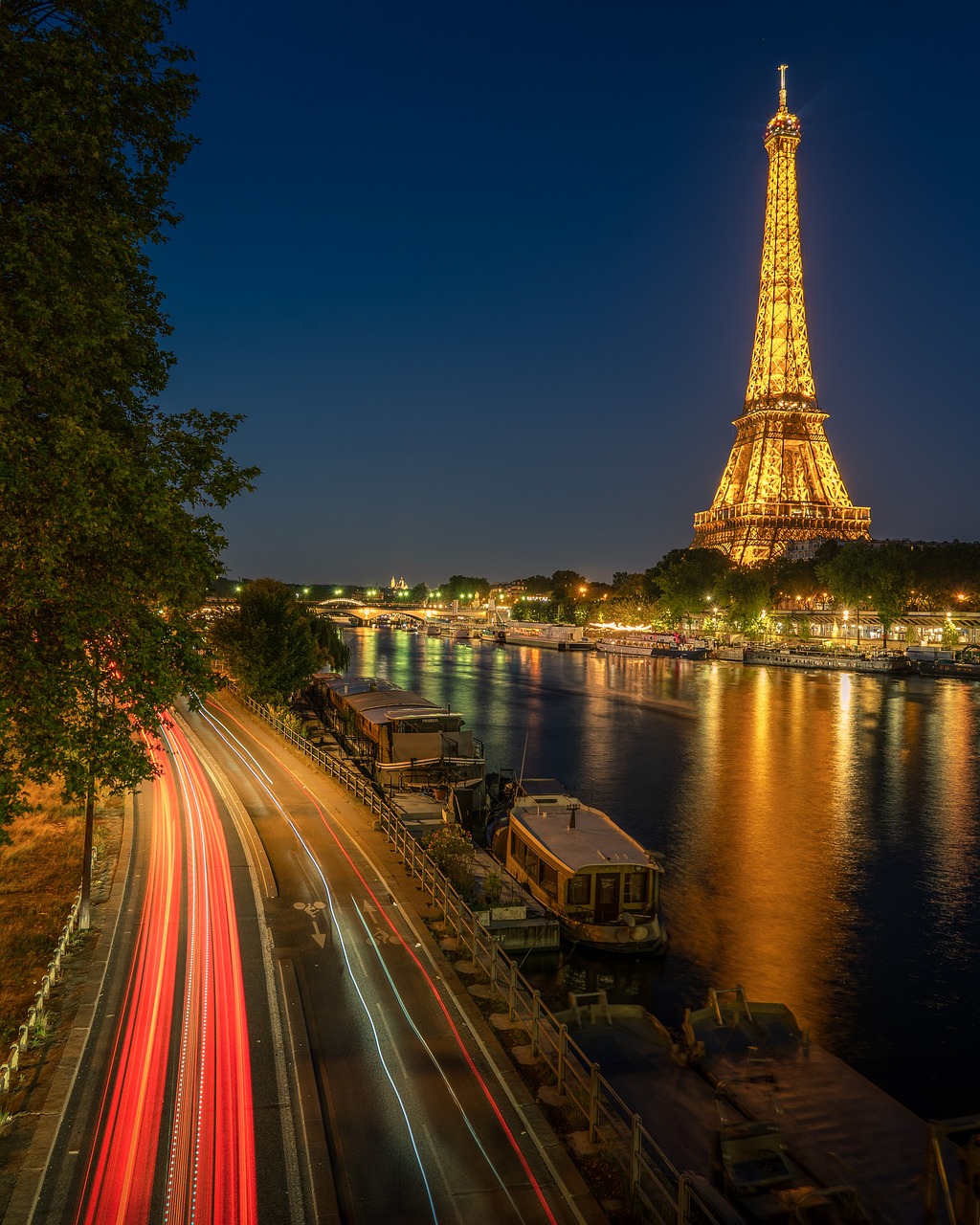
Section 2: Renaissance and Enlightenment (16th – 18th Century)
Paris France Image 2:
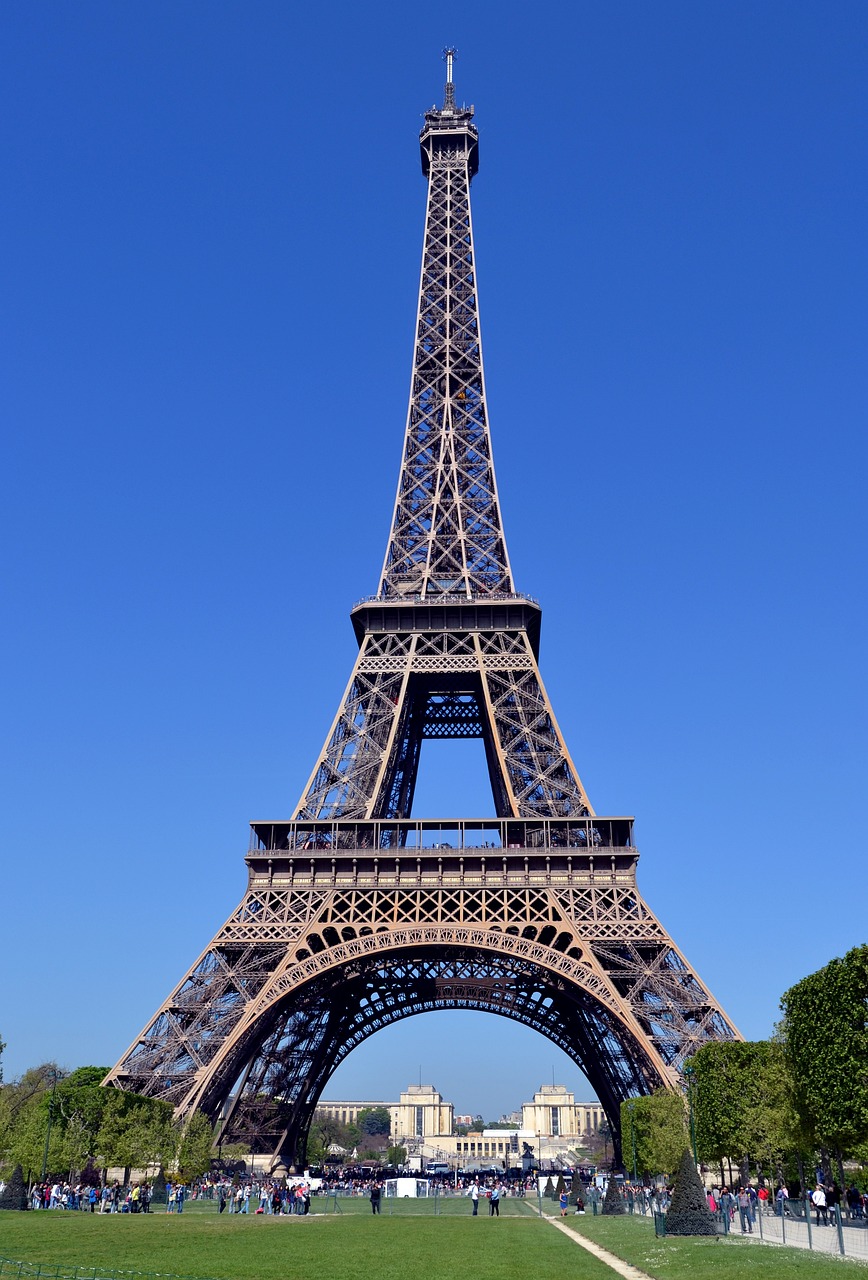
- Renaissance Architecture: Influenced by the Italian Renaissance, Paris saw the construction of palaces, such as the Louvre, showcasing classical architectural elements.
- Scientific and Intellectual Exchange: The Renaissance and Enlightenment periods fostered scientific progress and intellectual exchange, attracting thinkers like René Descartes and Voltaire to Paris.
- Salons and Literary Circles: Salons hosted by influential women, such as Madame de Rambouillet, became hubs for intellectual discussions and literary gatherings.
- French Revolution: The French Revolution, a pivotal event in Paris’s history, brought about significant political and social changes, shaping modern France.
- French Enlightenment: Paris became a center of Enlightenment ideas, promoting rationality, human rights, and the pursuit of knowledge.
Section 3: Belle Époque and Art Nouveau (19th – early 20th Century)
- Haussmannization: Under Napoleon III and Baron Haussmann, Paris underwent a massive urban transformation, with wide boulevards, parks, and iconic landmarks like the Eiffel Tower.
- Impressionism: The Impressionist movement emerged in Paris, with artists like Claude Monet and Pierre-Auguste Renoir revolutionizing the art scene.
- Belle Époque: Paris experienced a period of optimism, innovation, and cultural flourishing, becoming a hub for intellectuals, artists, and writers.
- Art Nouveau: The Art Nouveau style left its mark on Paris with its organic and intricate designs, seen in buildings like Hector Guimard’s Metro entrances.
- Café Culture: Cafés, such as Café de Flore and Les Deux Magots, became meeting places for artists, writers, and philosophers.
Section 4: World Wars and Post-War Rebirth (20th Century)
Paris France Image 3:
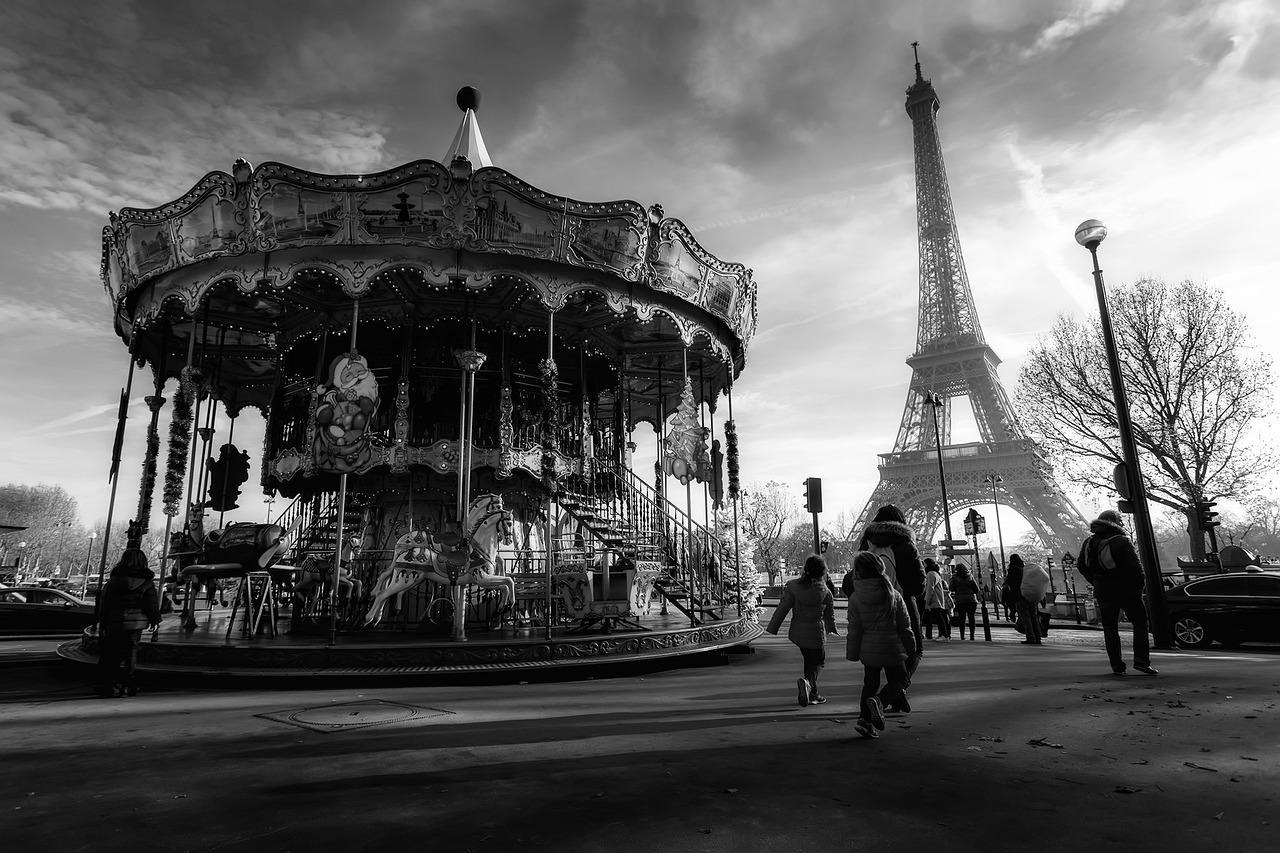
- World Wars: Paris witnessed the impact of both World Wars, with occupation, resistance movements, and the liberation of the city in 1944.
- Lost Generation: After World War I, Paris became a haven for artists and writers of the “Lost Generation,” including Ernest Hemingway and F. Scott Fitzgerald.
- Existentialism: Paris became a center for existentialist philosophy, with figures like Jean-Paul Sartre and Simone de Beauvoir shaping intellectual discourse.
- Post-War Rebirth: The post-war period saw the reconstruction and modernization of Paris, including the development of La Défense business district.
- New Wave Cinema: Paris became a hub for the French New Wave film movement, with directors like Jean-Luc Godard and François Truffaut making groundbreaking films.
Section 5: Contemporary Paris and Cultural Diversity (21st Century)
- Contemporary Architecture: Modern architectural landmarks, such as the Centre Pompidou and the Louis Vuitton Foundation, contribute to Paris’s ever-evolving skyline.
- Street Art: Paris embraces street art, with vibrant murals and graffiti adorning walls in neighborhoods like Belleville and Le Marais.
- Cultural Festivals: Paris hosts numerous cultural festivals, including Nuit Blanche and Fête de la Musique, celebrating art, music, and diverse cultural expressions.
- Global Cuisine: Paris’s culinary scene reflects its multiculturalism, offering a wide array of international flavors alongside traditional French gastronomy.
- Artistic Innovation: Paris remains a magnet for artists, designers, and creatives, fostering innovation and pushing boundaries in various artistic disciplines.
Conclusion
Paris’s cultural evolution is a testament to its enduring significance as a global cultural capital. From its medieval origins to the vibrant contemporary scene, the city has continuously reinvented itself while preserving its rich historical heritage. Paris’s cultural diversity, architectural wonders, artistic movements, and intellectual contributions have solidified its position as a global cultural icon.
References
– parisinfo.com
– louvre.fr
– notredamedeparis.fr
– centrepompidou.fr
– fondationlouisvuitton.fr


